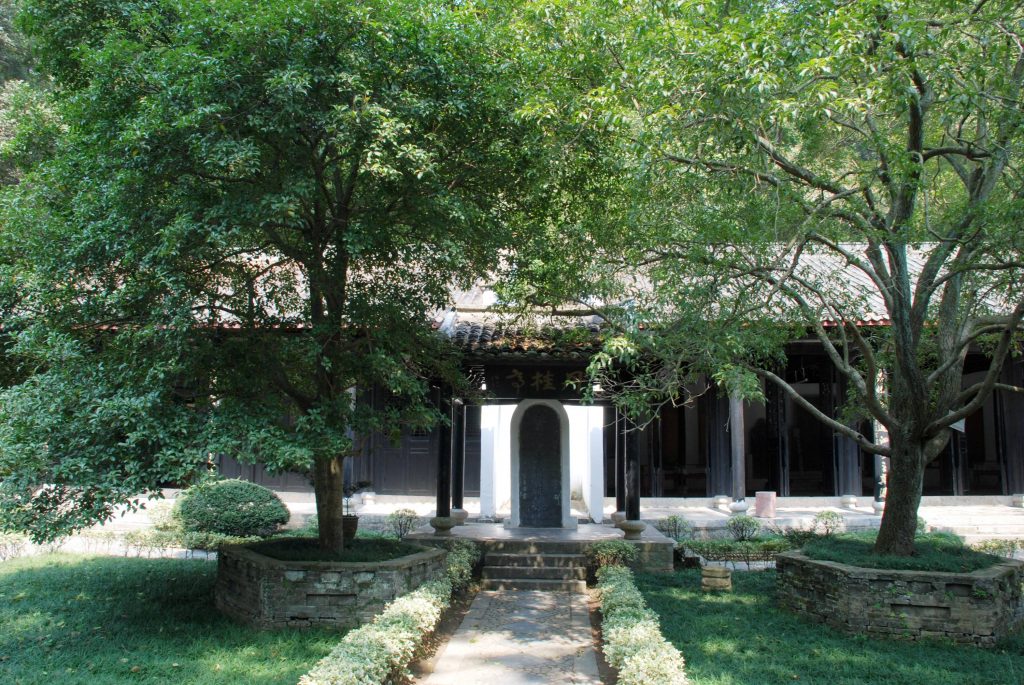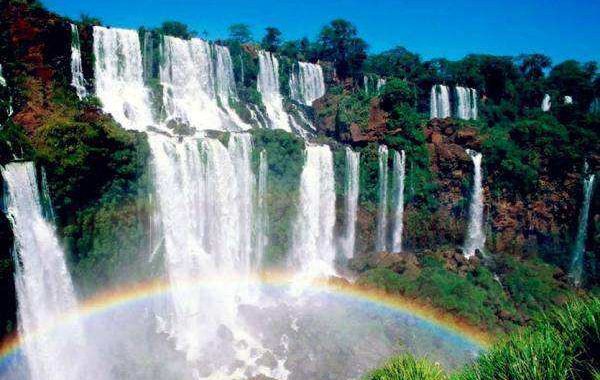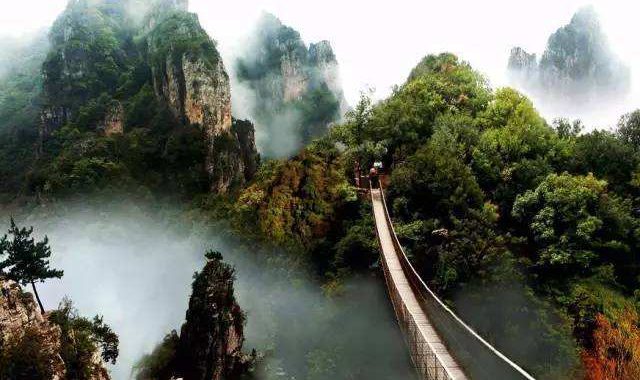Mount Lu culture
2 min readThis trail, famed for its 99 bends, boasts the Immortal Cavexianren dong )a rock chamber on the edge of a precipice within which bubbles a natural sprin aoist stones priests transformed this remote cave into their temple, replete with a huge stone shrine, altars and scriptures carved onto the rocky walls. Legend has it that Lu Dongbin, one the eight Taoist immortals, was granted a sword by a fire-breathing dragon here. With this celestial weapon, he vanquished all demons and became immortal.
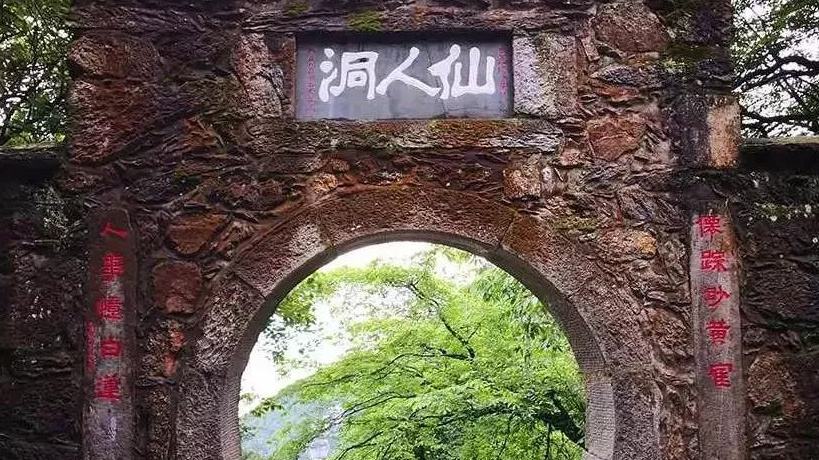
Apart from Taoism, Buddhism also left its mark on Lu Shan, which became the epicenter of Buddhism in China at the time of the Eastern Han dynast rtemple that surv Huiyuan in AD 391. His influential teachings Over 300 Buddhist in churches and mosques. These flourished as result of the steers and missionaries.
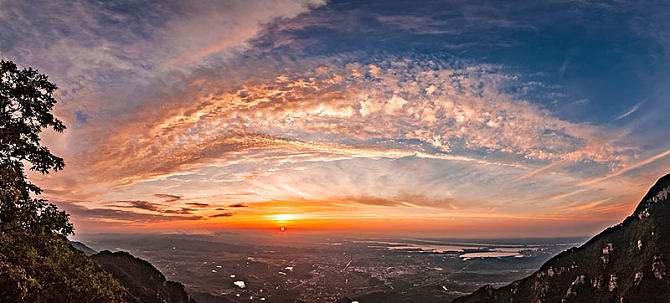
One of the many old villas that dot Lu Shar Academy(bailudong shuyuan) at Wulao Peak on top the ground of an older complex Here students listened to lectures given by the master who introduced metaphysical aspects the Confucian ethical discourse.
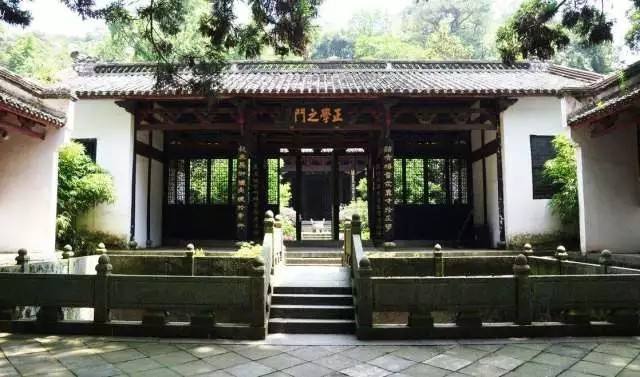
At Lu Shan, each manmade pagoda, temple, pavilion or monument has rich historical and cultural resonance, but nature has also left a beautiful gift at the foot of the mountain Poyang Lake (poyang hu). The biggest freshwater lake in China, Poyang’s extensiv surface is littered with thousands of boats and hosts one of the most notable migratory bird reserves in China. Since 1996, Lu Shan has ranked amongst UNESCO’s prestigious list of World Heritage Sites.
